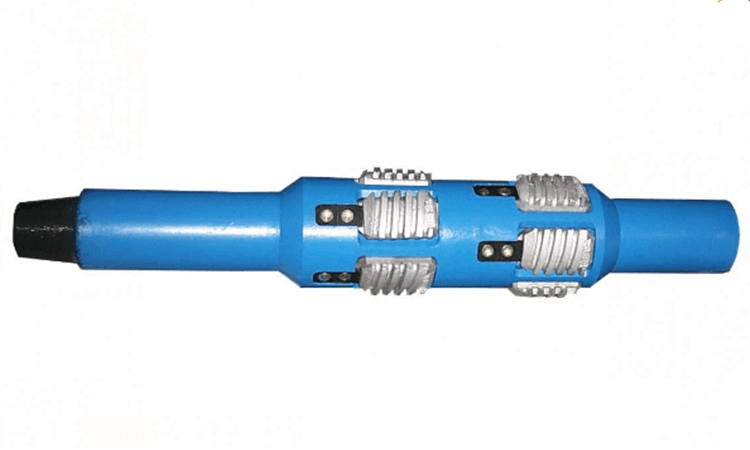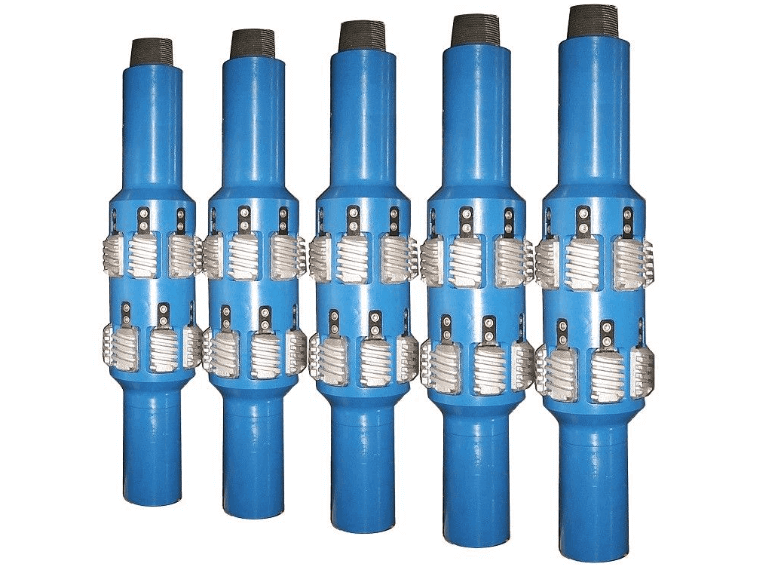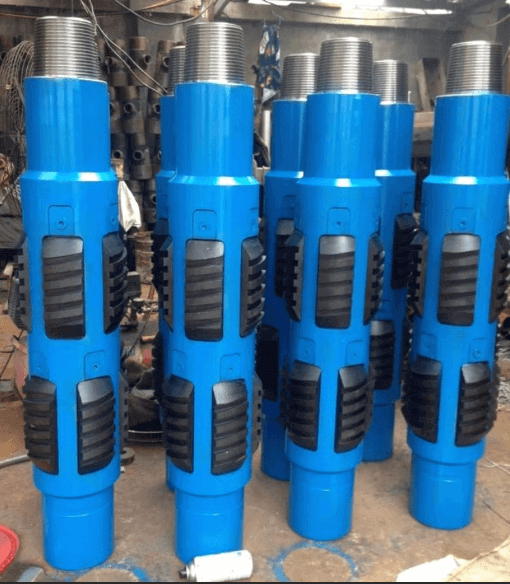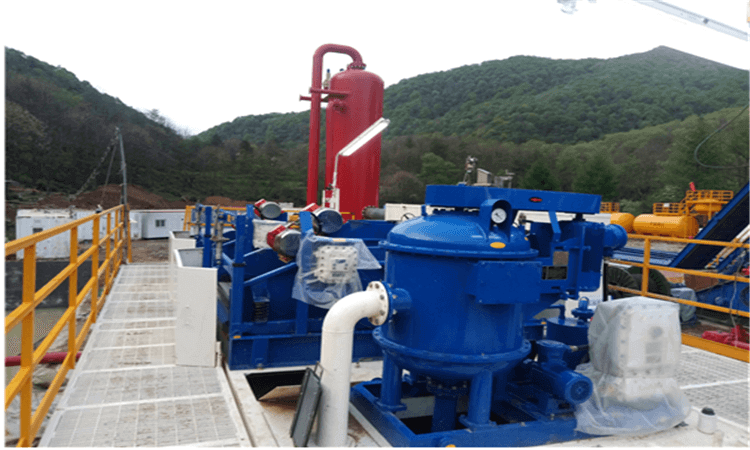Types and selection of Oil Well Drilling Tool Casting Scraper
The Oil Well Drilling Tool Casing Scraper plays a vital role in maintaining the integrity of oil wellbores and ensuring smooth drilling operations. This tool is designed to remove debris, scale, and other obstructions from the inside of the casing, facilitating efficient oil production and maximizing well performance. In this article, we will explore the different types of Casing Scrapers available and provide valuable insights into the selection process.

Types of Casing Scrapers:
Mechanical Casing Scrapers: Mechanical Casing Scrapers are the most common type and are usually attached to the bottom of the drill string or workstring. They utilize scraping blades or brushes to mechanically remove deposits and debris from the casing walls. These scrapers are efficient and reliable, making them suitable for various wellbore conditions.
Hydraulic Casing Scrapers: Hydraulic Casing Scrapers utilize hydraulic pressure to extend scraping blades or brushes. They are often used in challenging well conditions, such as deviated or horizontal wells, where mechanical scrapers might face limitations. Hydraulic scrapers offer increased flexibility and can adapt to varying wellbore sizes.
Pneumatic Casing Scrapers: Pneumatic Casing Scrapers use air pressure to extend and activate the scraping mechanism. These scrapers are commonly employed in situations where hydraulic or mechanical options are not feasible. Pneumatic scrapers are versatile and can be employed in a wide range of wellbore conditions.

Selection Factors:
Wellbore Specifications: Consider the wellbore diameter, depth, and inclination when selecting a Casing Scraper. Different scraper types may be better suited for specific well geometries, so ensure that the selected tool matches your well's specifications.
Drilling Environment: Assess the drilling environment, including well deviation, temperature, and pressure conditions. For challenging wells, such as extended-reach or high-temperature wells, hydraulic or pneumatic scrapers might offer better performance and reliability.
Scraper Blade Design: Examine the scraper blade design and material. Blades should be durable, wear-resistant, and designed to remove deposits effectively without damaging the casing walls. Multi-blade configurations can enhance scraping efficiency.
Safety and Reliability: Safety is paramount in any drilling operation. Select Casing Scrapers from reputable manufacturers that adhere to industry safety standards. Reliable tools reduce downtime and maintenance costs, ensuring uninterrupted drilling operations.
Cost-effectiveness: Balance the performance of the Casing Scraper with its cost. While high-quality tools may have a higher upfront cost, they often provide long-term cost savings due to increased efficiency and reduced maintenance needs.

Customer Feedback: Research customer reviews and recommendations for the Casing Scraper models you are considering. Real-world experiences can offer valuable insights into the tool's performance and reliability.
Choosing the right type of Oil Well Drilling Tool Casing Scraper is essential for efficient drilling operations and maintaining wellbore integrity. Consider the specific wellbore specifications, drilling environment, scraper blade design, safety, reliability, cost-effectiveness, and customer feedback when making your selection. By carefully evaluating these factors, you can ensure that your chosen Casing Scraper meets the demands of your drilling project and contributes to successful oil production operations.



